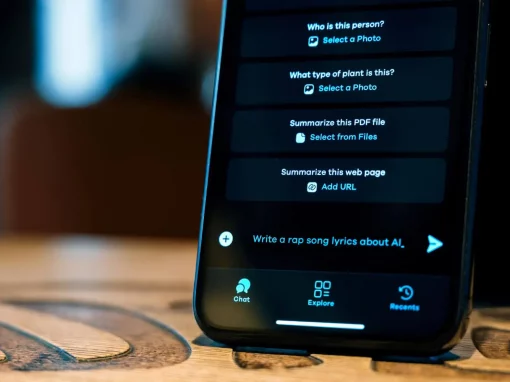Table of Contents
Did you know that the number of messaging app users for both professional and personal use combined is expected to reach 2.48 billion by 2021?
With the rise of instant messaging tools and the ever-growing number of mobile usage worldwide, many businesses are now seeing the ample op-portunities in having team communication app features across their web or mobile applications, and the potential impact it can have on their success. Mobile and web development of in-app, real time messaging features have become the norm. Big names in transport, social media, property rentals and dating (i.e. Uber, Instagram, Airbnb and Tinder) are using real time messaging solutions to engage more with their customers and let app users easily connect with each other. App users need access to up-to-date software that help them find what they need faster. Not only does having the latest features in messaging apps increase user retention and engagement levels – it also leads to higher conversion rates and effective feedback gathering, which will help businesses with improving their products. These real time messaging features allow users to communicate their questions, concerns or feedback – all without leaving their apps. These days, picking a hosted web messaging service is a simple matter of choice – and like all choices you make, you try to consider the best ones. So, when it comes to choosing the best messaging service solution on the market, these are the qualities of a hosting service you should be on the lookout for:
1. Hosted or self-hosted mobile and web messaging services
One of the first steps is to evaluate and decide whether your business or app would benefit from a hosted or self-hosted messaging service:
- Hosted: Businesses can purchase the SDKs and APIs from hosted messaging services, and have their developers simply integrate the few lines of ready-made code into their apps. This offers a quick and simple solution to adding messaging functions to apps as the hosted messaging service provider takes care of deploying and maintaining the code, and fixing bugs, among others. However, while ready-to-use tools offer a quick and easy set up, they don’t give you the high quality communication capabilities that come with distinct custom solutions.
- Self-hosted: This solution is a cross between a messaging platform developed from scratch and a ready-made solution. Self-hosted services come with their own code that businesses can purchase and have developers install on their own servers. This gives businesses the option of fully customizing their chat features and functionality. On the other hand, it also means that developers will be responsible for all backend development, support and maintenance of the real-time chat application.
2. Platform coverage

3. Forms of messaging
Whether it’s a collaborative workspace or a private conversation on a messenger app, there are generally three types of chat or web messaging applications that are widely used by businesses to improve team and employee collaboration and customer support, as well as messaging for personal use:
- One-on-one messaging.
- Group chat.
- Open/public chat, which is a form of messaging involving a larger audience, such as live simulations or video streaming chat.
It is important to note that most hosting services support one-on-one and group chat, but it is advised to double check whether they also support open or public chat, as larger chat rooms may present scalability issues.
4. Customization
Find a solution that offers customization to cater to the many specific use cases that businesses need. Perhaps your user base speaks several different languages, in which case your in-app instant messaging keyboard and settings must be available for use in those languages. Whether you are looking for an automated text messaging service for a small business or a mass audience instant messaging interface, choose a hosted messaging service provider that has a high quality data network and specializes in creating custom-fit communication solutions.
5. Rich media content
The average smartphone user does not shy away from using emojis, animated gifs, voice notes, video, images, contacts, and locations – and all together are what we refer to as rich media. So, why not use this to your advantage and let your users have a go at jazzing up their conversations with rich content? These days, it isn’t uncommon to find that most hosting services for instant messaging platforms support rich media. For example, several enterprise-class business conversation platforms have features that allow their users to combine text and rich media content of up to 2GB each. Utilizing rich media content also allows businesses to step up their game get more interactive with their customers. 






